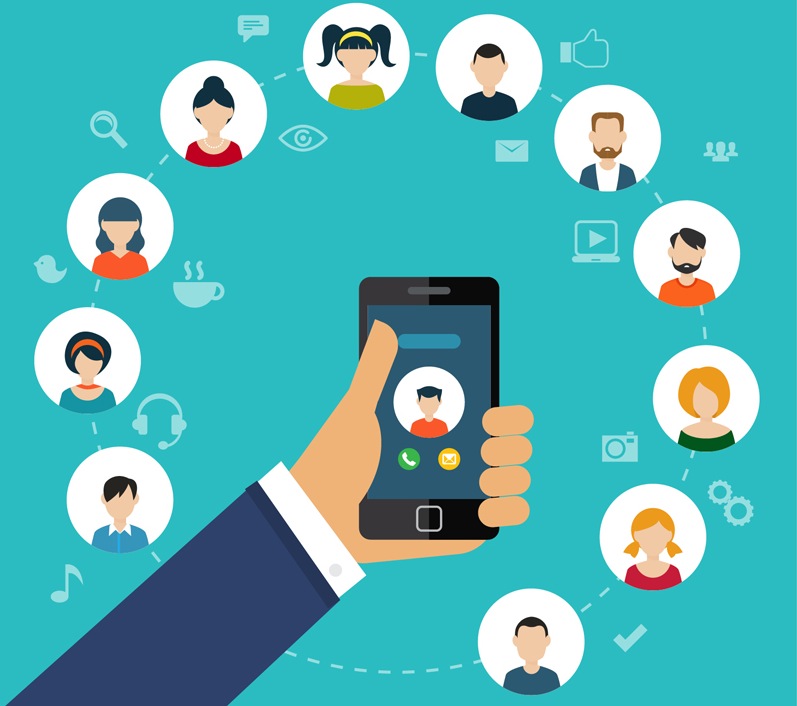 The conventional wisdom around mobile marketing is that it looks just like traditional web marketing, only smaller. Think of all those ridiculously tiny ads that pop up on the bottom of your mobile device whenever you visit certain websites. However, there’s one secret to a better mobile marketing campaign that many B2B marketers ignore, and that’s the text message.
The conventional wisdom around mobile marketing is that it looks just like traditional web marketing, only smaller. Think of all those ridiculously tiny ads that pop up on the bottom of your mobile device whenever you visit certain websites. However, there’s one secret to a better mobile marketing campaign that many B2B marketers ignore, and that’s the text message.
Think of how many people are using wildly popular messaging platforms, whether it’s Facebook Messenger, WhatsApp or LINE. People want a simple, easy and secure messaging platform that won’t eat up data on their data plans, and that’s created a new way for brands to get in front of customers, in the form of reminders and alerts.
One company that’s doing this well is EZ Texting, which helps companies send out reminders and alerts to their customers. There are so many advantages of this approach. First and most importantly, there’s the immediacy factor – according to EZ Texting, more than 95% of text messages are read within 5 minutes of being received. Contrast that to the typical email message, which may languish in a recipient’s email box for days or weeks.
There are several classic use cases for using text messages. Airlines, for example, can send out a text if a flight is delayed. Or a bank could send out a text if it detects fraudulent activity in a user’s account. Or a retail store could send out promotional coupons via text that can be redeemed in-store.
The really powerful aspect of text messaging is when you integrate social media and mobile. Now you have the ability to segment your user base in new and unique ways. For example, you can send out different messages to your “regular” customers and your customers who are following you on Facebook or Twitter. Or, you can segment your customers by “VIP and “regular” customers, in order to personalize your messaging.
The big news, of course, is that WhatsApp has just changed its terms and conditions to make it easier to share user data with Facebook. While Facebook won’t be able to read the content of your text messages, it will receive information like phone numbers or WhatsApp usage patterns.
That’s going to change the way companies interact with customers. Imagine posting content on Facebook (say, for example, news of a new whitepaper) and being able to text follow-up information to anyone who posts a comment. That becomes an extraordinarily powerful, real-time tool for following up on user intent.
The key, though, is to pull this off in a way that’s not “spammy” or “creepy.” Nobody wants to feel like a company is standing over their shoulders, reading their private text conversations. But as the examples with banks, airlines and retail stores points out, there are actually times when customers welcome the intrusion into their lives. They want alerts and updates if it’s going to save them time, money or resources. And that becomes a very interesting marketing opportunity for any B2B brand that can find just the right touch points for new prospects and leads.
